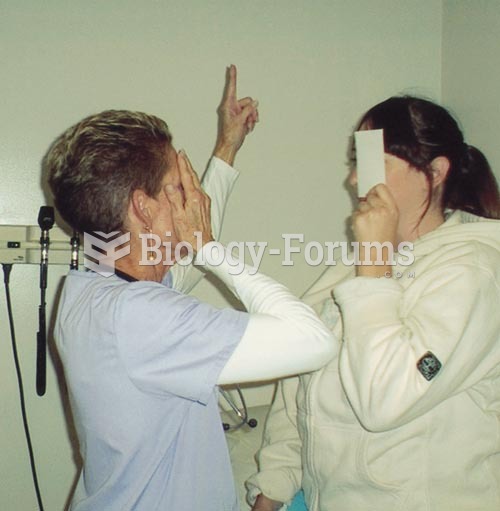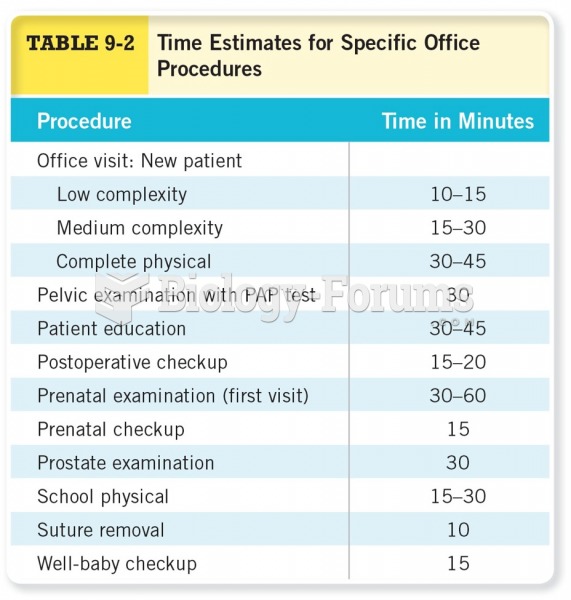Vanessa frequently complains of getting terrible headaches and so ends up at the nurse's office several times a week. Yet two different physicians have been unable to find a cause for Vanessa's headaches, and Vanessa's parents report that their daughter rarely has headaches at home. Vanessa is falling further and further behind in her schoolwork, so Vanessa's teacher and parents meet with the nurse and school psychologist to brainstorm possible solutions to Vanessa's problem. The school psychologist suggests that the teacher keep track of the occasions when Vanessa complains about a headache. Two weeks later, the teacher reports that all of Vanessa's complaints occur just before a test or difficult assignment. Suddenly the teacher and parents begin to suspect that perhaps Vanessa complains of headaches as a way of getting out of having to do difficult assignments. Here we see the initial steps in a process known as:
a. The use of incompatible behaviors
b. Behavioral momentum
c. Functional analysis
d. Extinction of inappropriate behavior
Question 2
John's teacher gives him constructive criticism about how to improve the poem he has just written. According to the textbook's discussion of social cognitive theory, what effect is such criticism likely to have on John's self-efficacy for writing poetry, and why?
a. It will probably decrease his self-efficacy, because it communicates the message that he has done a poor job.
b. It will probably decrease his self-efficacy, because it suggests to him that the teacher's standards are substantially higher than his own.
c. It will probably enhance his self-efficacy, because it communicates the message that his teacher cares about him as a human being.
d. It will probably enhance his self-efficacy, because it communicates the message that he has the ability to write a good poem.








